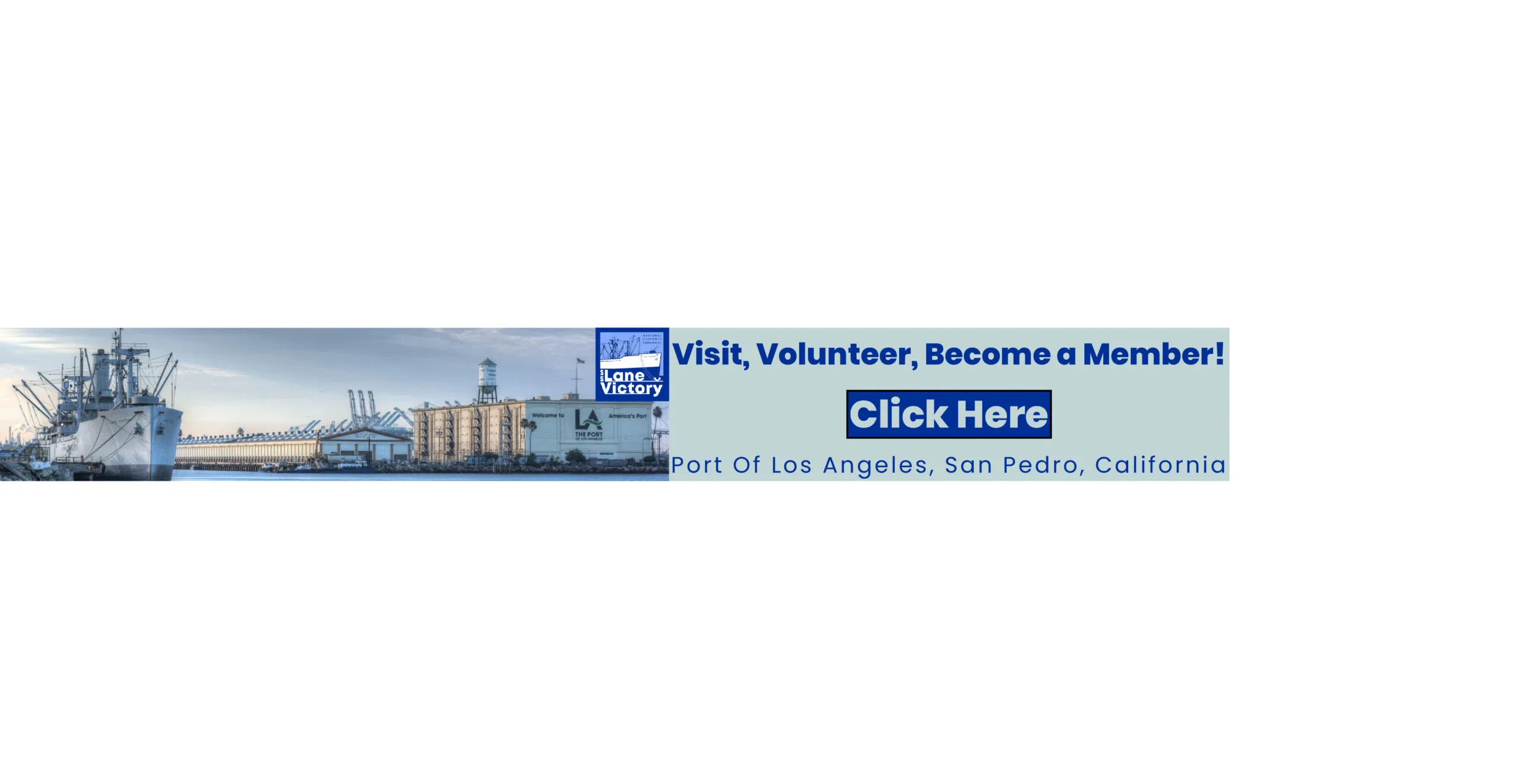
Amazon, Starbucks have been successful at keeping unions at bay. Labor leaders Chris Smalls and Tyler Keeling change the equation
There’s no doubt that the labor leaders who are succeeding in organizing in places where labor has struggled to gain a foothold in recent decades (i.e. Starbucks and Amazon) are different from legacy labor unions. They aren’t like Richard Trumkas, a third-generation labor leader, whose political pedigree included United Mine Workers of America president John L. Lewis. Or ILWU icon, Harry Bridges, who drew his early inspiration from his time as a merchant seaman, and his uncle Renton Bridges, a Labor Party activist and shipmate who was a member of the Wobblies and participated in the 1917 general strike in Australia. Or even Dave Arian, past president of the ILWU Local 13 and later president of the ILWU International. Arian is similar to Trumka in that his labor pedigree included Harry Bridges.
Recently, Random Lengths News had the opportunity to interview the lynchpin of this past year’s most surprising labor victories, which include the Amazon Labor Union’s president Chris Smalls and Starbucks Lakewood store union organizer Tyler Keeling. What is telling about both of these young men is that neither of them grew up in a particularly union family nor did they learn the history of union struggles from school. What they are doing is a basic Do It Yourself struggle brought on by the necessity of the times.

Amazon v. Chris Smalls
Chris Smalls grew up in a single-parent household with his brother in Hackensack, New Jersey. The plight of the working masses in a capitalist society was far from his mind as he spent his time playing basketball and football, writing rap songs with his friends, and dreaming of becoming a hip-hop artist. Smalls’ mother worked as an administrator at a hospital, and according to a report in a Time magazine article, she had once been part of SEIU 1199. He told Time that the union made so little difference in their lives that she “forgot that she was even a part of the rank-and-file at one point.”
He added that she hadn’t remembered organizing for a contract. “A co-worker reminded her.”
Smalls gave hip-hop a shot as a career, but when his ex-wife got pregnant with twins, he set aside his music dreams in favor of a more stable income. After stints at Amazon facilities in New Jersey and Connecticut, Smalls was hired at JFK8 in 2018. He worked as a process assistant, overseeing customer items being picked to be packed and shipped. Smalls said he was happy working for Amazon and was hungry to move up in the company.
He said the career route from a process assistant to a salaried manager took two years. Smalls recounted applying to become a manager more than 50 times.
“Unfortunately, it took me four and a half years to realize that two interviews [out of those 50 applications] were unacceptable,” he said.
“Especially when I opened up three buildings and trained hundreds of their employees,” Smalls said. “There’s no way that I shouldn’t have been a manager from the qualifications that I had, so it was easy for me to fight and stand up when the time came.”
Keeling and the Coffee Giant
Keeling grew up in the town of Apple Valley about two hours northeast of Los Angeles. For context, he grew up in deep poverty. Apple Valley is a place that the rest of California has forgotten about with few jobs and no industries. Many left towns like Apple Valley during the Great Depression in search of jobs in the big cities and never came back, a few others remained.
Historically it had been a thoroughfare for Indigenous peoples such as the Shoshonean, Paiute, Vanyume, Chemehuevi, Serrano and later the Mojave peoples who were attracted to the water and vegetation around the Mojave River. Spanish missionaries arrived and set up missions to evangelize the Indigenous people, while cowboys and Mormons rustled cattle or searched for a place they could be left alone to practice their faith.
Keeling said work wasn’t really a thing in his family because there was no viable opportunity for a consistent income. His dad worked as an independent laborer shoeing horses and his mom worked whatever minimum wage jobs she could get for however long she could keep them.
“There was not some rich deep history connected to labor. I come from a very underserved area, very deep in poverty. I come from a place where you live and die,” Keeling said. “I got out because I was lucky I had a couch to crash on after I graduated high school. So I got out of town as fast as I could.
“But that was not conducive to a successful life in a lot of ways. I, very much, am somebody who got lucky to get out and then ended up where I am now organizing stores and stuff like that,” Keeling said.
Through Starbucks, Keeling said he went back to school for software engineering because that’s a job where he can make a decent income.
“I’m a Starbucks worker. I’m working for poverty wages. I don’t have some sort of social safety net,” Keeling said. “My mom’s dead and my dad’s out of my life and my grandparents are gone. Like, I have no social safety net whatsoever.”
Keeling has worked at Starbucks since 2016 and he went back to school in a last-ditch effort to find a rope out of poverty.
“It’s been hell. This is the first time … organizing my store with my co-workers, with my community, with the people I love that I see every day … That was my first real step out of poverty because I’m fighting for a union job now.”
The Challenge for Gen Z
The nature of work is fundamentally different from generations past. But if there’s a moment in labor history to which today is akin, it would be the proto-labor movement that sprung up shortly after the Industrial revolution in the 19th century.
Despite technological advances and corporations tinkering with work culture to eliminate the need for unions, the labor relationships and working conditions have changed little. The tinkering is noticeable in the terms these corporations use to refer to their workers. Walmart calls them “associates.” Starbucks calls them “partners.” Amazon refers to them as “team members.” And they do it all to obscure the dividing line between employer and employee.
These corporations have formed work cultures around core principles that are designed to make everyone feel they have an equal stake in the success of the corporation, but they don’t. More importantly, corporations hope to make employees feel as if they are able to expect some equitable compensation or reward for their contribution, whether it’s physical or intellectual or both. The end game, of course, is the corporation hopes to anticipate the worker’s every need and desire so that a worker would not need to seek a union to bargain on their behalf. And for a while, the Walmarts, the Amazons, and the Starbucks of the world have been successful. Until now.
In a twist of fate, workers are using the company’s own core principles to organize and push back. Smalls noted that Amazon has 14 leadership principles they preach … at least to management.
“They have it all over their warehouses,” Smalls said.
His favorite one was 13: “Have a backbone, disagree, and commit.”
“They didn’t like that one, but it was their principle and I used it often,” Smalls said. “I used it before organizing the union, I used it as I was moving up in the company, working in the company. So, for me disagreeing with how they treated us during COVID was one step, and having a backbone and committing to getting to a place where there would be some results that was going to benefit us, that’s the commitment side. Unfortunately, they fired me.”
Smalls said that despite its principles and efforts in tinkering with its culture of work, Amazon has always been disconnected from its workers and always been disconnected from the community.
“We prove that theory once we won our election [in Staten Island],” Smalls said.
Amazon spent $4.3 million opposing the union effort, thinking they were going to win. Smalls suggested that Amazon executives were even celebratory in their overconfidence. Amazon’s confidence wasn’t misplaced. Of the eight applications for union representation filed with the National Labor Relations Board, five of those filings were closed when the majority of workers voted against joining a union.
Over the past year, Starbucks workers have filed 346 applications for union representation. Two-hundred and sixty-six of those applications were closed when the majority of those workers voted against representation.
Keeling noted that Starbucks has always valued and had a focus and a mission on maintaining the “third place,” which is defined as that place that is not work or home, but is still a place at which you belong.
“So coffee shops, in the context of Starbucks … has very much made itself a place for people to be and there’s this intention to be a place where people in the community can come and just be that isn’t home or work,” Keeling said. Historically in England, anyone of any social class could frequent the coffeehouses, and so they became associated with equality and republicanism. This is the idea behind most American coffee houses today.
Keeling said that he feels as if he’s been baked into the process because there’s such an idea around the idea of community in Starbucks’ mission and values, regardless of the capitalist intent to profit off of it. It’s that sense of community that a lot of people have always admired about Starbucks.
“I guess there has always been the idea of making sure that your entire community can see and build off that effort,” Keeling said. “Like creating a high tide to raise all ships … the fight is about making the work better and that’s going to then reflect around the community and make it work better for everybody.”
However, today’s young labor leaders are facing an environment that’s more akin to the start of the Industrial Revolution as opposed to the period when labor had reached the apex of its strength from World War II to the 1960s.
With Amazon’s dedication to automating every facet of its operations, like others in the goods movement industry, the lesson learned is that workers are still needed. Shippers industry-wide have been looking to minimize labor costs via automation while blunting the impact of unions on their bottom lines.
Industry leaders thought that by tinkering with their work cultures, by initially providing higher wages, opportunities for advancement, and opportunities for ownership (option to purchase stocks) they could exclude labor unions from the company’s relationship with its employees.
Leaders such as Smalls, Keeling and a growing number of others are showing otherwise.



[…] source […]